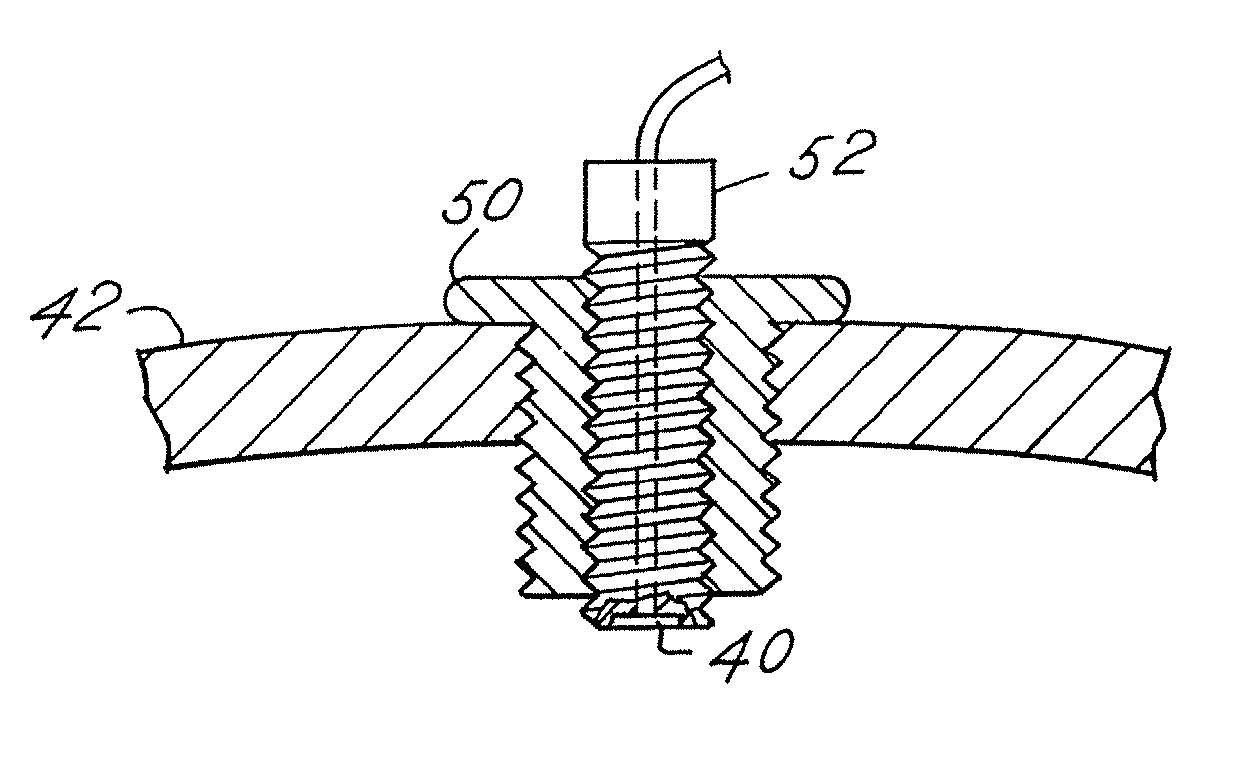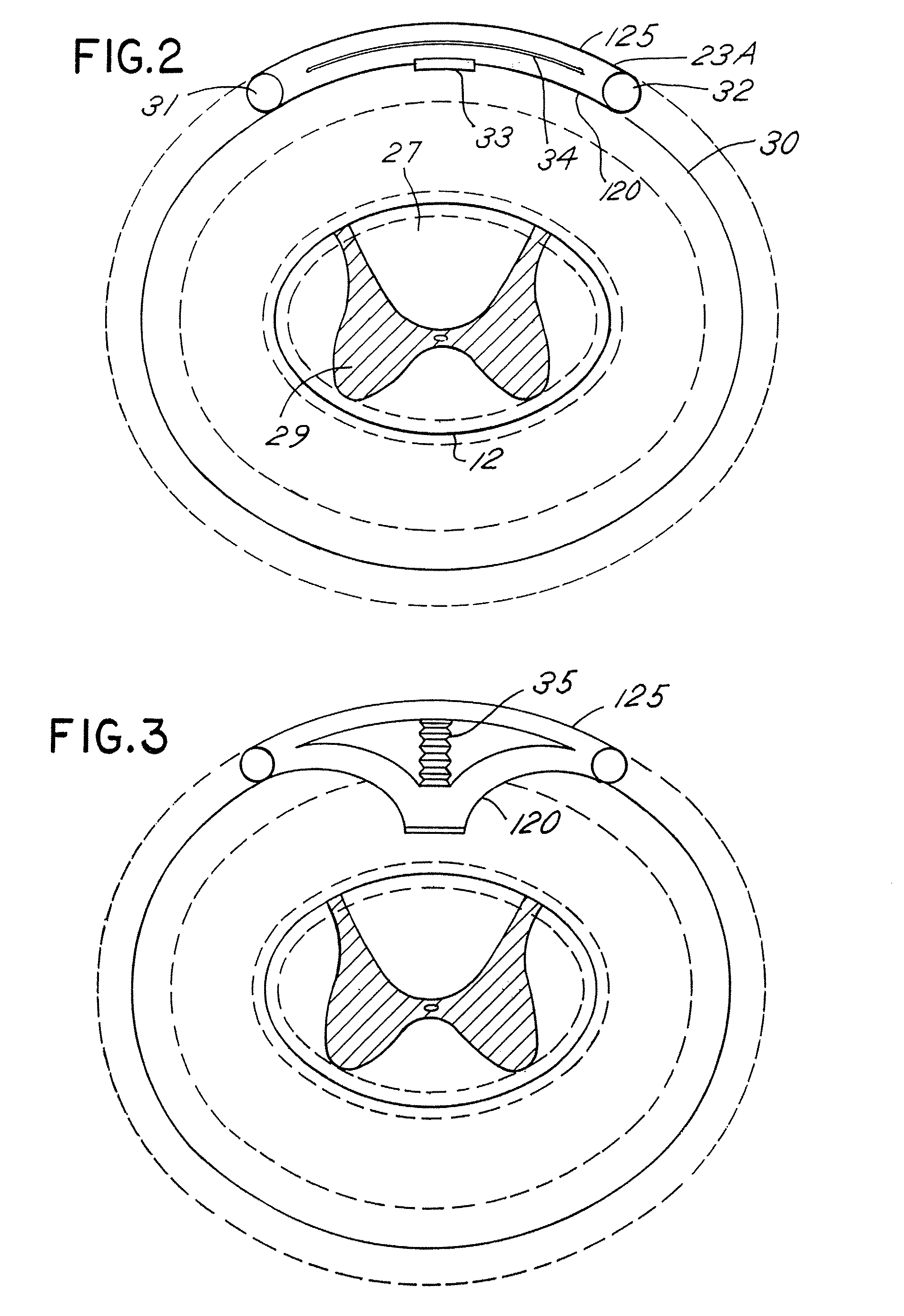Techniques for positioning therapy delivery elements within a spinal cord or brain
a technology for positioning therapy and delivery elements, which is applied in the direction of prosthesis, therapy, ligaments, etc., can solve the problems of electrical energy stimulating undesired parts of the brain or spinal cord, requiring a lot of time and effort to focus the stimulation on the desired body region, and affecting the effect of the patient's recovery
- Summary
- Abstract
- Description
- Claims
- Application Information
AI Technical Summary
Benefits of technology
Problems solved by technology
Method used
Image
Examples
Embodiment Construction
[0050]FIG. 1 depicts a neurostimulation therapy delivery device 14 in accordance with an embodiment of the present invention. Therapy delivery device 14 made in accordance with the preferred embodiment is preferably implanted below the skin of a patient or, alternatively, may be an external device. Therapy delivery device 14 may be implanted as shown in FIG. 1, in the abdomen or any other portion of the body 10. One or more leads 23 are positioned to stimulate a specific site in a spinal cord 12. Therapy delivery device 14 may take the form of a modified signal generator Model 7424 manufactured by Medtronic, Inc. under the trademark Itrel II which is incorporated by reference in its entirety. Lead 23 may take the form of any of the leads sold with the Model 7424, for stimulating a spinal cord, and is coupled to therapy delivery device 14 by one or more conventional conductors 16 and 18. Lead 23 may include a paddle lead, a lead having one or more therapy delivery devices such as sti...
PUM
 Login to View More
Login to View More Abstract
Description
Claims
Application Information
 Login to View More
Login to View More - R&D
- Intellectual Property
- Life Sciences
- Materials
- Tech Scout
- Unparalleled Data Quality
- Higher Quality Content
- 60% Fewer Hallucinations
Browse by: Latest US Patents, China's latest patents, Technical Efficacy Thesaurus, Application Domain, Technology Topic, Popular Technical Reports.
© 2025 PatSnap. All rights reserved.Legal|Privacy policy|Modern Slavery Act Transparency Statement|Sitemap|About US| Contact US: help@patsnap.com



